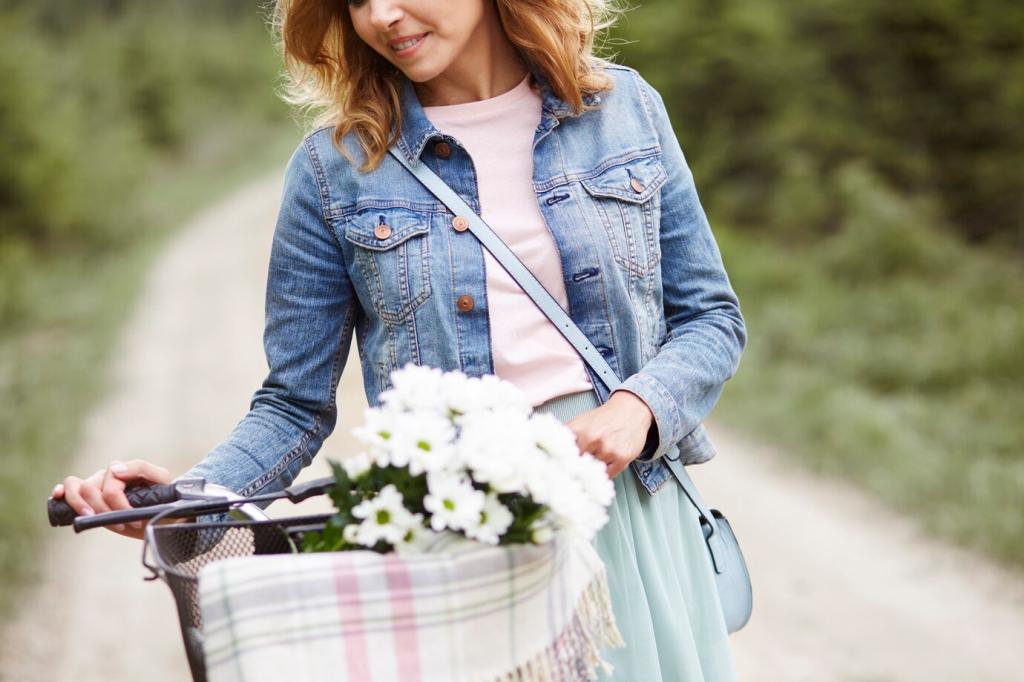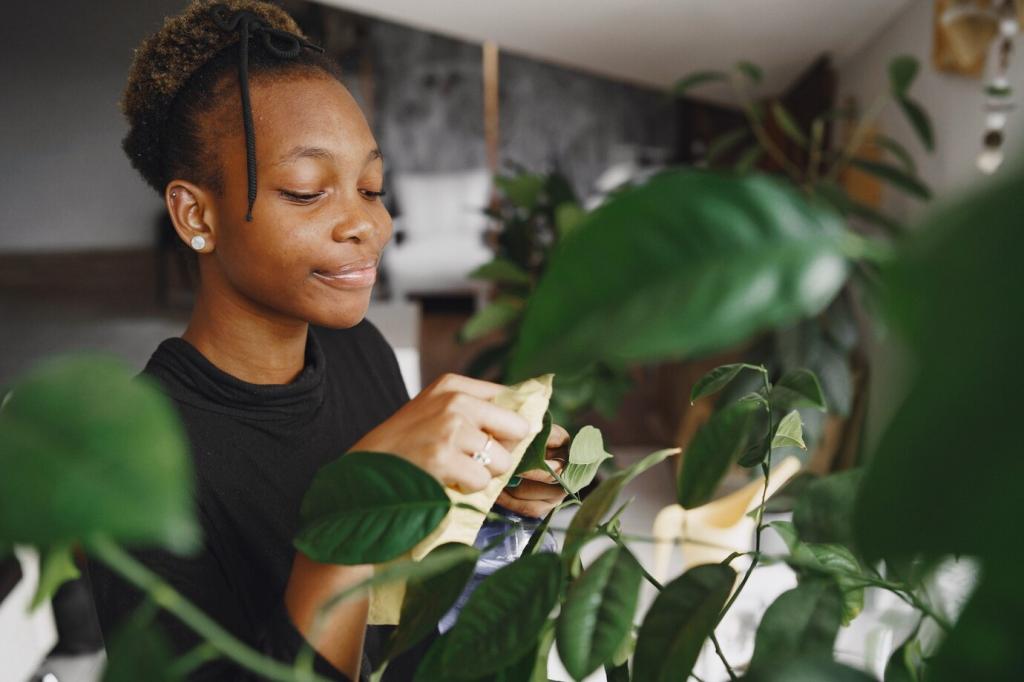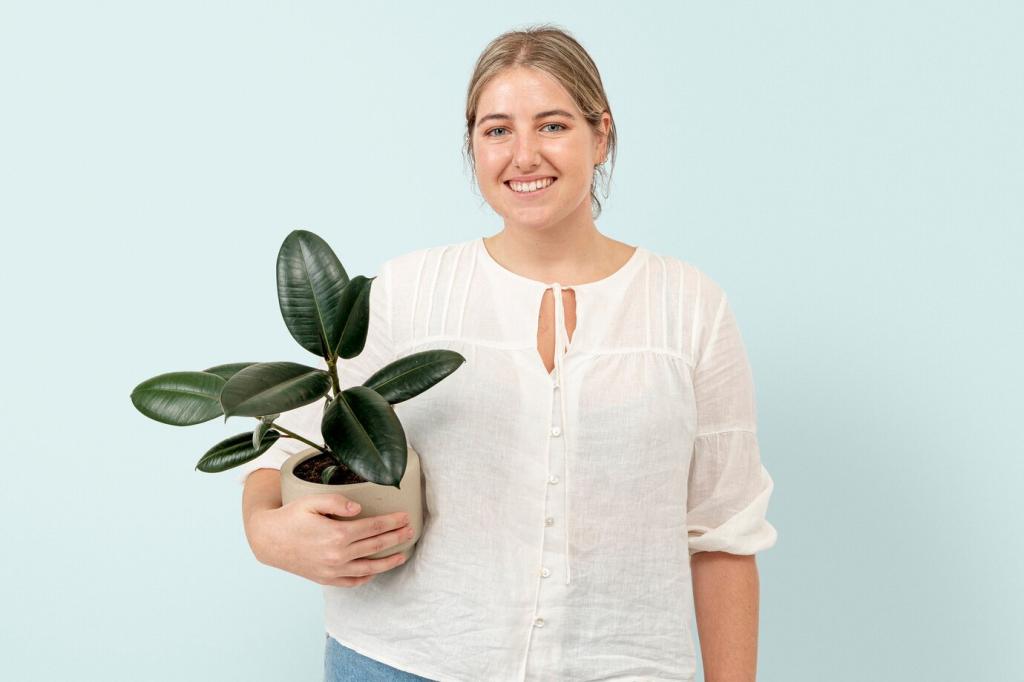Greener Ways to Cherish Furniture That Lasts
Selected theme: Green Practices in Furniture Preservation. Welcome to a gentle, practical path for caring for the pieces you love without harming the planet. Explore eco-minded techniques, heartfelt stories, and smart habits that help furniture age beautifully. Share your experiences in the comments and subscribe for monthly, low-impact care routines and repair inspiration.
Why Green Preservation Matters
Switching to non-toxic methods reduces indoor air pollutants, especially volatile organic compounds that linger long after products dry. Cleaner air supports better sleep, safer play for kids, and peace of mind during everyday living.


Why Green Preservation Matters
Repairing a single wooden chair avoids the emissions embedded in new manufacturing and shipping. Multiply that by a dining set, and you have a meaningful carbon reduction, plus less landfill waste and resource extraction.



Repair Over Replace: A Greener Decision
Assessing Structural Integrity
Check for wobble at joints, not just surface blemishes. Loose tenons, failing glue lines, or missing dowels often respond to precise clamping and appropriate adhesives, returning strength without altering the original design intent.
Smart Joinery and Adhesives
Prefer reversible methods when feasible, using water-based or hide glues that can be softened for future conservation. Keep clamps padded, align parts carefully, and allow generous curing time to prevent stress and premature failure.
Upholstery Triaging
Before full reupholstery, inspect webbing, springs, and padding. Sometimes targeted reinforcement and a partial fabric refresh suffice. Choose natural fibers, low-toxicity foams, and durable stitching to reduce waste and improve long-term comfort.
Sustainable Finishes and Responsible Materials
Look for finishes labeled low-VOC, plant-derived, or waterborne with robust testing data. Apply in ventilated spaces, use lint-free applicators, and respect drying times to achieve resilient protection without strong chemical odors.


Life-Cycle Thinking for Every Piece
Compare the impacts of refurbishing versus purchasing new by considering materials, transportation, and expected lifespan. Even rough estimates highlight how maintenance and repair often win environmentally and economically over time.
Life-Cycle Thinking for Every Piece
Create seasonal reminders for dusting, joint checks, and finish touch-ups. Short, regular sessions prevent costly restorations, keep pieces safer for daily use, and encourage mindfulness about how habits shape longevity.
Community and Circular Practices
Tool Libraries and Skill-Sharing
Borrow clamps, sanders, or steamers from community libraries to avoid unnecessary purchases. Workshops and peer coaching nights make repairs approachable, safer, and more fun while building durable, local support ecosystems.
Responsible Secondhand Sourcing
When adopting preloved furniture, research origin, sniff for residual odors, and test for stability. Prioritize quality joinery and repairable designs to ensure your effort reduces waste and rewards you with lasting value.
Donate, Swap, or Resell Thoughtfully
If a piece no longer fits your space, pass it along with care notes and extra hardware. Transparent descriptions help items find appreciative homes, extending life cycles and strengthening community trust.

Starter Kit Essentials
Include microfiber cloths, plant-based soap, natural bristle brushes, wood glue, clamps, sandpaper, and breathable gloves. Add labeled jars for custom blends and keep rags stored safely in a ventilated, fire-safe container.

Safe Storage and Climate Care
Avoid basements prone to dampness or attics with extreme heat. Aim for steady humidity and air circulation to protect finishes, fabrics, and glues from premature aging, cracking, or hidden mold growth.

Calm Response to Spills and Scratches
Blot spills immediately, then ventilate gently. For scratches, start with the least invasive method, such as a wax stick or buffing, before escalating. Document steps so future caretakers understand what was attempted.
